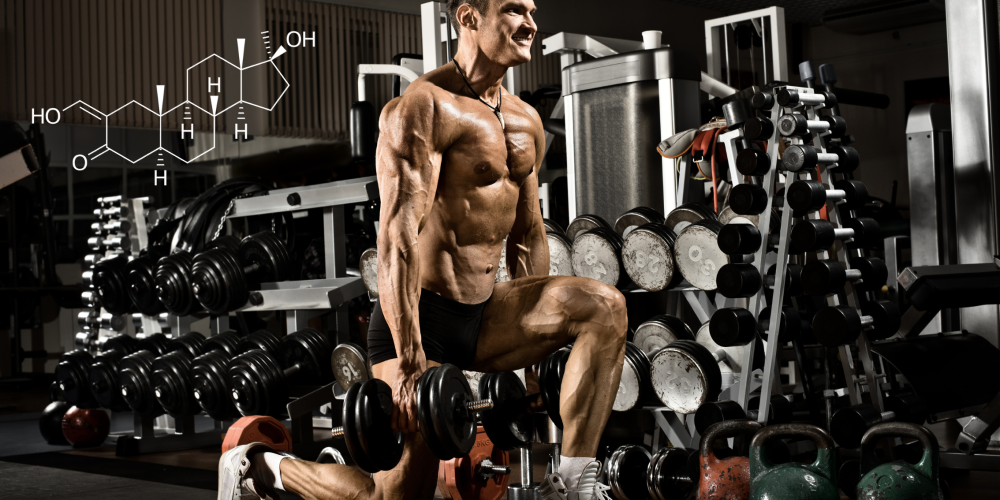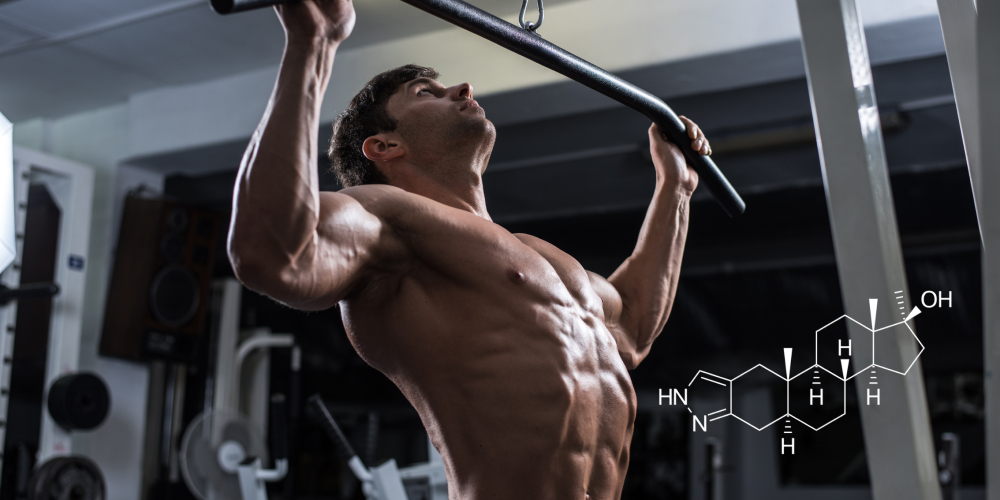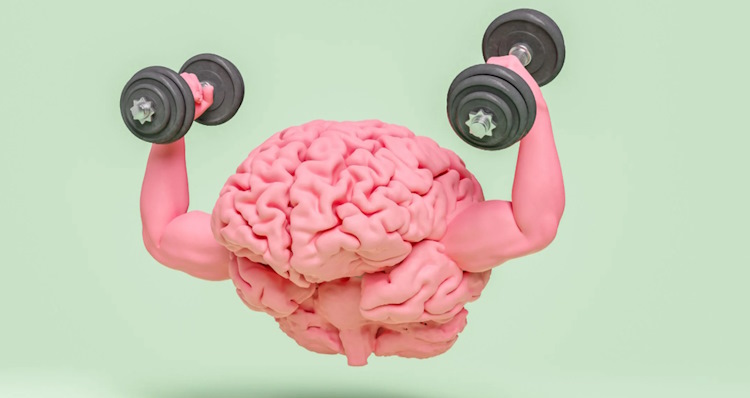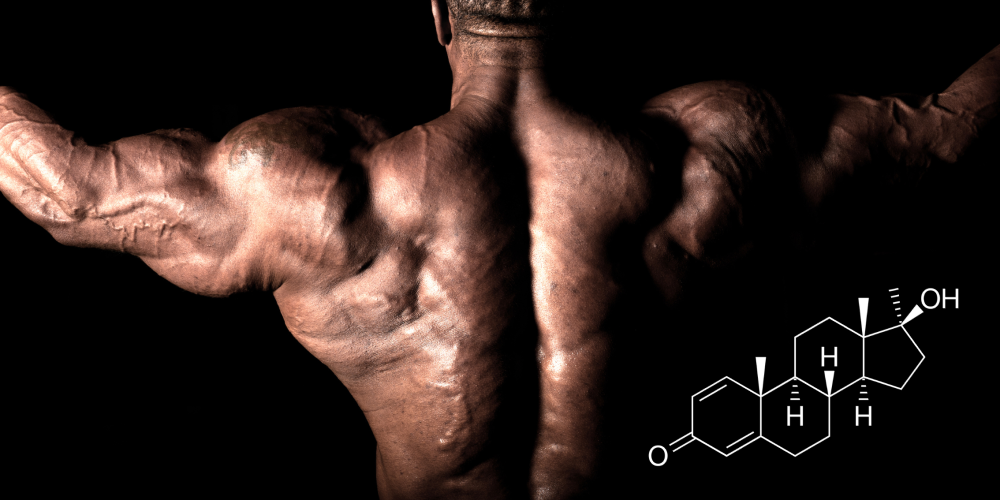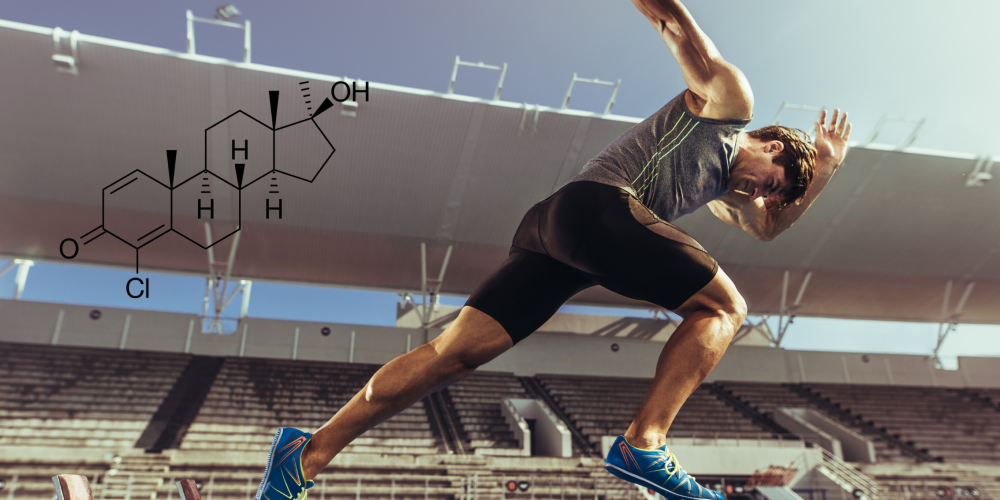Erythropoietin 101
Erythropoietin (EPO) is a hormone that plays a critical role in the production of red blood cells. It is produced primarily by the kidneys in response to low oxygen levels in the body, and its primary function is to stimulate the production of red blood cells in the bone marrow.
Red blood cells contain hemoglobin, which is responsible for carrying oxygen to tissues and organs throughout the body. For that reason, many athletes (specifically endurance athletes like runners, swimmer and cyclists, but also fighters and lifters to some extent) use EPO as a PED to boost oxygenation and increase their endurance.
In this article, you will learn how EPO works, what to expect from it and how to use it safely and effectively.
The mechanism of action of EPO
The production of EPO is tightly regulated by a negative feedback loop that involves the kidneys, bone marrow, and red blood cells. When the oxygen level in the body is low, the kidneys produce more EPO, which stimulates the production of more red blood cells. As the number of red blood cells increases, the need for erythropoietin decreases, and the kidneys reduce the production of erythropoietin to stabilize its levels.
Administering exogenous EPO bypasses this feedback loop and simply causes a dose-dependent increase in red blood cell count which directly impacts tissue oxygenation and endurance.
Clinical applications of EPO
Even though this article focuses on the use of EPO in a performance-enhancing context, the clinical applications of this hormone are also worth discussing.
EPO is mainly used to treat anemia, a condition in which there is a red blood cell deficiency, in kidney disease and cancer patients. EPO injections can be used to correct this deficiency and improve the patient’s quality of life.
Erythropoietin is also used to reduce the need for blood transfusions in patients undergoing surgery.
Performance-enhancing benefits of EPO
Erythropoietin is a popular performance-enhancing drug used by athletes to improve endurance and athletic performance. By stimulating the production of red blood cells, EPO increases the oxygen-carrying capacity of the blood, allowing athletes to perform at a higher level for longer periods. Definitely not a bodybuilder’s drug.
Even though injecting actual EPO is the most effective way to increase EPO levels in the body, AAS like Boldenone have been shown to stimulate EPO production and increase endurance as a result.
Side-effects of EPO
The use of EPO can have several side effects. When red blood cell levels increase, so does the thickness of the blood. This results in increased blood pressure and an increased risk of blood clots, stroke, and heart attack.
It can also cause headaches, joint pain, and flu-like symptoms. In rare cases, the abuse of EPO can lead to a condition called pure red cell aplasia, where the bone marrow stops producing red blood cells and one becomes dependent on blood transfusions and other procedures.
How to use EPO
A common EPO protocol for endurance athletes consists in pinning 3000iu of EPO subcutaneously twice a week for 2 weeks (to frontload it), followed by 1500iu of EPO twice a week for the rest of the cycle (which in my opinion should never surpass a total of 8 weeks).
After concluding the EPO cycle, it is absolutely mandatory to donate blood to restore normal red blood cell levels and blood thickness/viscosity, followed by getting bloodwork done to confirm whether these values have returned to baseline or another donation is necessary.
In conclusion, EPO is a powerful and effective endurance-boosting agent that can benefit athletes of any discipline. Despite the cardiovascular risks, it can be quite safe if used responsibly.



